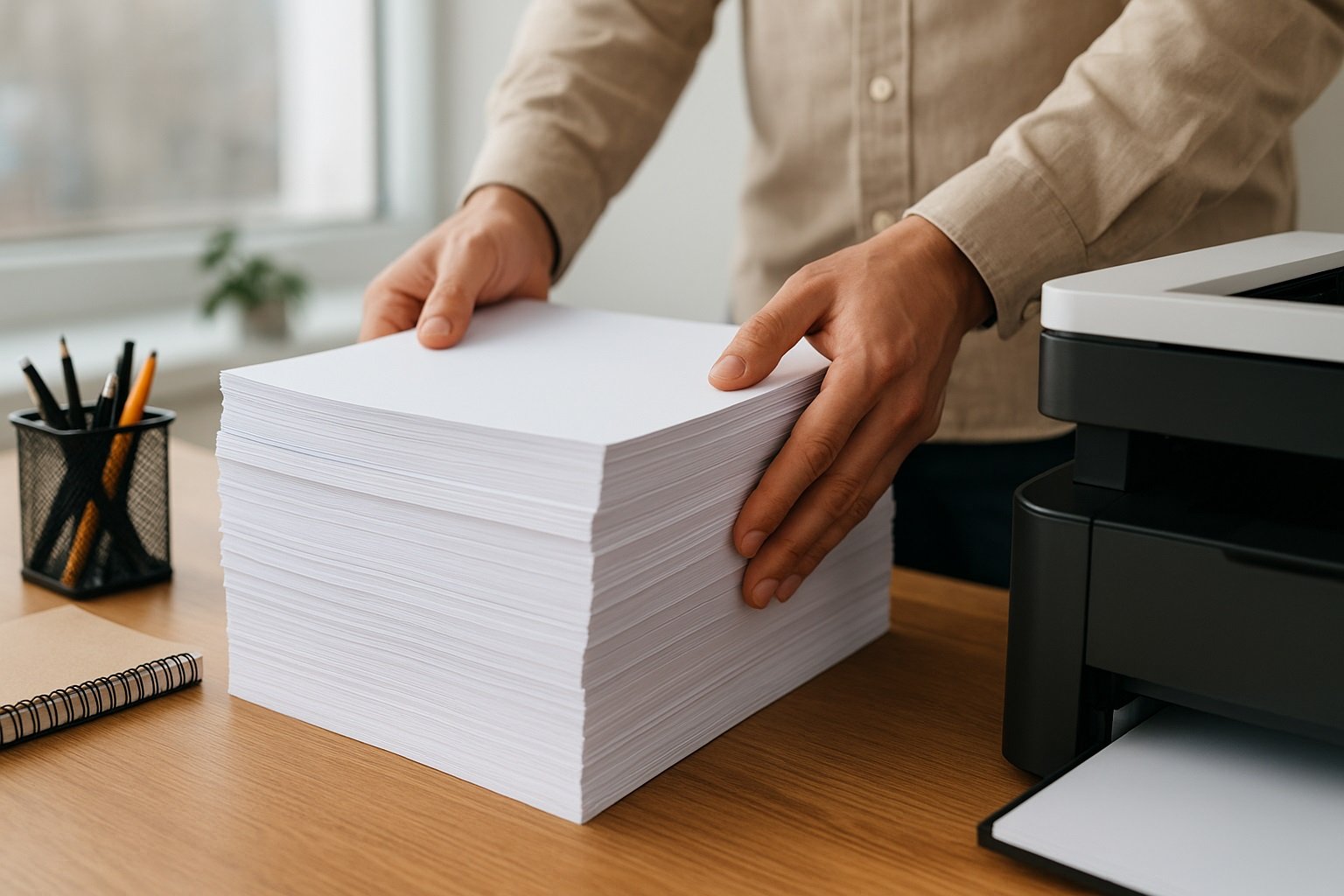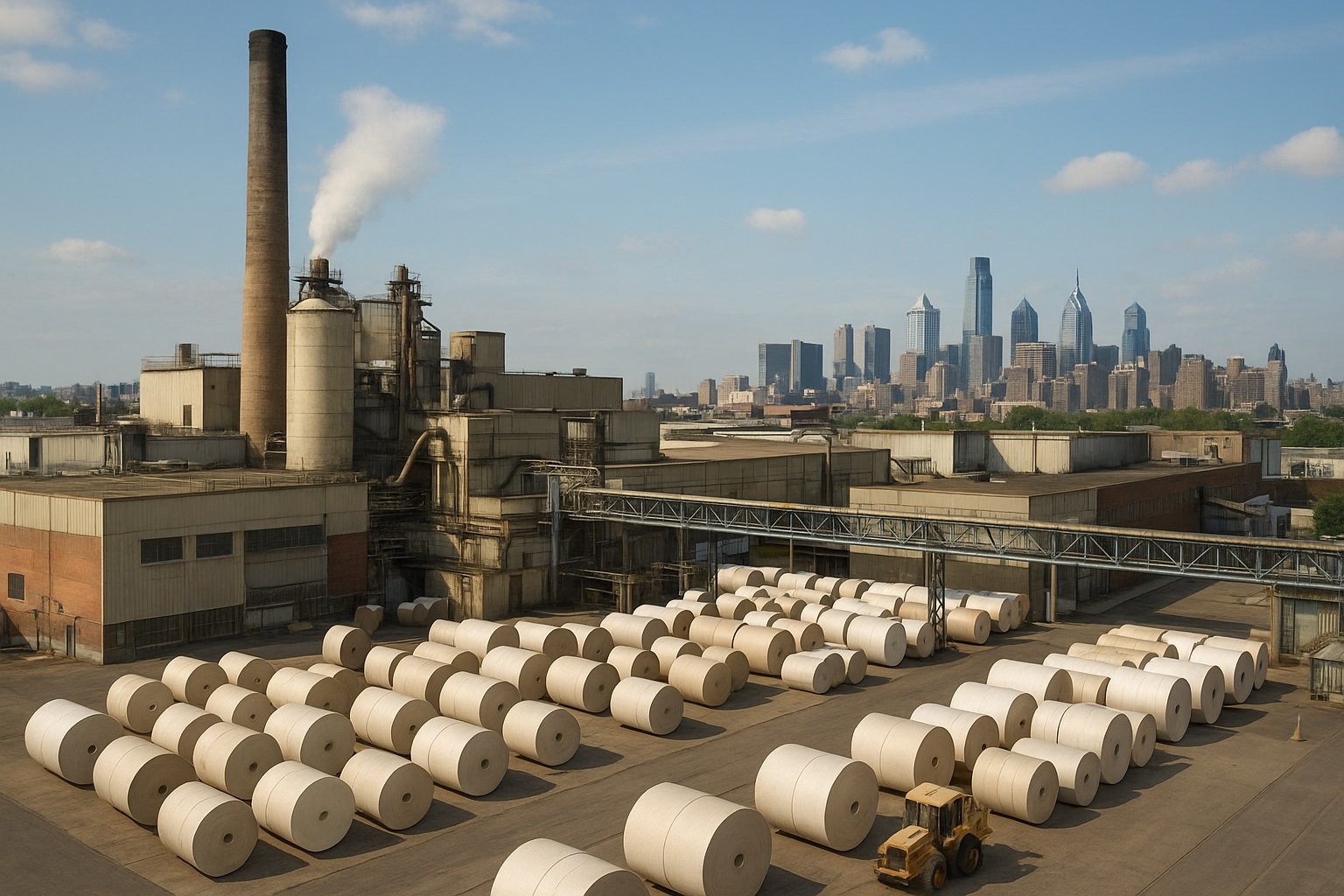In the modern competitive business environment, packaging is not merely an aesthetic aspect; it is vital for product protection, brand awareness, and customer satisfaction. However excessive packaging costs can erode profit margins, and thus, businesses need to seek cost-efficient packaging solutions.
Choose Affordable Packaging Solutions
One of the simplest cost-cutting measures is to switch to cost-friendly packaging solutions that do not mean compromising on quality. Rather than using premium or bespoke packaging for all products, companies can seek more economical alternatives. Standard packaging reduces manufacturing and storage costs, while light-weight materials like corrugated cardboard or bioplastics lower shipping costs. Versatile packaging forms, like pouches and vacuum-pack bags, are also less material and space-intensive and hence a cost-effective option.
Leverage Wholesale Packaging Materials
Purchasing wholesale packaging materials is a proven strategy for cutting costs. Purchasing in bulk enables companies to take advantage of economies of scale, making the per-unit cost cheaper. In order to maximize wholesale packaging procurement, companies should work with trustworthy suppliers in order to get a better deal. Selecting packaging materials that give discounts for bulk orders and considering alternative suppliers can also help save money. Sourcing directly from manufacturers to eliminate unnecessary middlemen also minimizes costs.
Adopt Sustainable Packaging Alternatives
Sustainability is more than a buzzword; it is a realistic means of decreasing packaging expenses in the long term. Sustainable packaging options tend to be lightweight, recyclable, and inexpensive. Companies can integrate recyclable content, biodegradable or compostable packaging, and minimal designs to decrease manufacturing and disposal costs. Promoting reusable packaging also reduces waste and increases customer brand loyalty.
Optimize Packaging Design to Reduce Costs
A carefully considered package design can play a huge role in material costs and efficiency. Cutting packaging expenses begins with right-sizing packaging, which means that boxes and containers are sized just right to eliminate material waste and shipping costs. Multi-functional packages that perform a dual function, like storage or promotional purposes, can add value without extra cost. Digital printing also provides greater flexibility and less expensive branding options than traditional methods.
Improve Supply Chain Efficiency
An efficient supply chain management system ensures that packaging costs remain under control. Optimizing the supply chain helps businesses minimize waste, storage costs, and unnecessary expenditures. Automated packaging systems reduce labor costs and increase packaging speed, while just-in-time (JIT) inventory management helps keep packaging inventory lean, reducing storage costs and preventing waste from outdated materials. Strategic supplier partnerships that offer flexible pricing and timely deliveries also prevent disruptions and excess costs.
Reduce Shipping Costs Through Smart Packaging
Shipping costs tend to be an invisible expense of packaging. Companies can minimize shipping costs by utilizing light packaging materials to reduce weight in transport and choosing tight, space-saving designs that limit dimensional weight charges. Consolidation of shipments also saves on individual packaging requirements, thus resulting in total cost reduction.
Utilize Digital Technologies for Packaging Optimization
Technologies like AI-based packaging optimization software and 3D printing have the potential to slash costs by a great deal. AI-based packages of software assist companies in studying packaging efficiency, minimizing wastage, and more accurately anticipating future packaging requirements. 3D printing facilitates instant prototyping and customization, which lowers mold manufacturing costs and saves on unnecessary use of excess materials. Deploying digital technologies provides cost reduction along with top-class packaging.
Train Employees on Cost-Effective Packaging Practices
Employee training is essential in maintaining low packaging costs. The employees should be trained on cost-effective packaging methods, minimizing wastage, and effective handling of materials. Training the employees regularly enhances efficiency, reduces errors, and encourages a cost-saving culture within the company.
Implement Returnable Packaging Systems
Returnable pack systems, which include reusable boxes and containers, can assist enterprises in reducing packaging costs in the long run. These systems suit industries that require large shipments to be handled on a regular basis, including retail, logistics, and manufacturing. With the help of long-life returnable packages, companies reduce the use of disposable materials, thus saving more money.
Monitor Packaging Performance and Make Data-Driven Decisions
Firms must regularly monitor packaging performance using KPIs such as material cost, waste level, and shipping efficiency. Using data analytics, firms can identify areas of optimization and make informed decisions about packaging design, material choice, and supply chains. Regular performance monitoring ensures constant cost savings and process enhancement.
Conclusion
Implementing cost-effective packaging solutions requires a strategic approach that balances affordability, efficiency, and sustainability. By leveraging affordable packaging solutions, investing in wholesale packaging materials, adopting sustainable packaging alternatives, and focusing on efficient supply chain management, businesses can significantly reduce packaging costs while maintaining product integrity and customer satisfaction. Smart packaging strategies not only save money but also contribute to a greener and more sustainable future.






